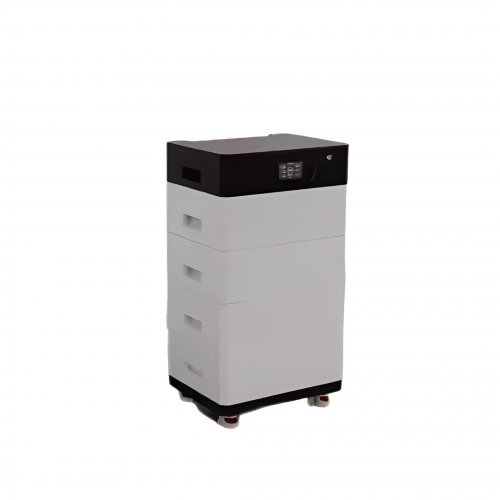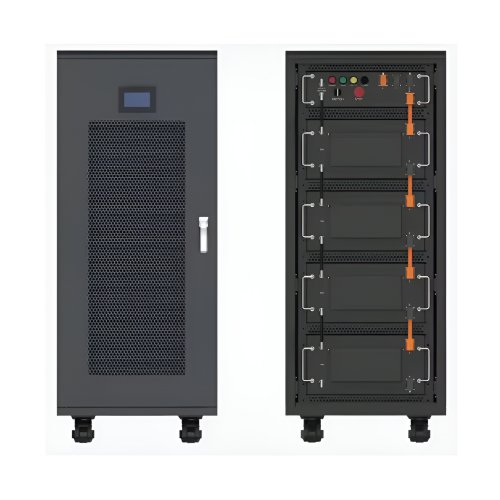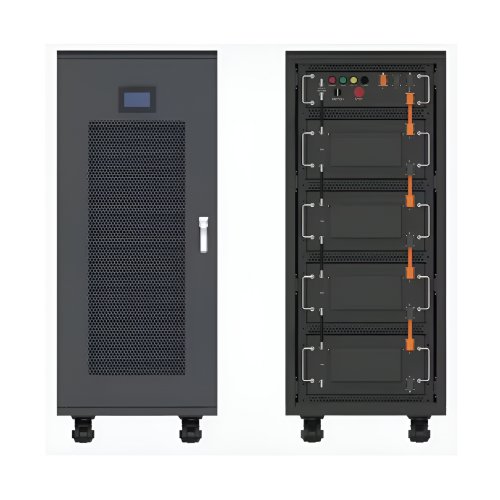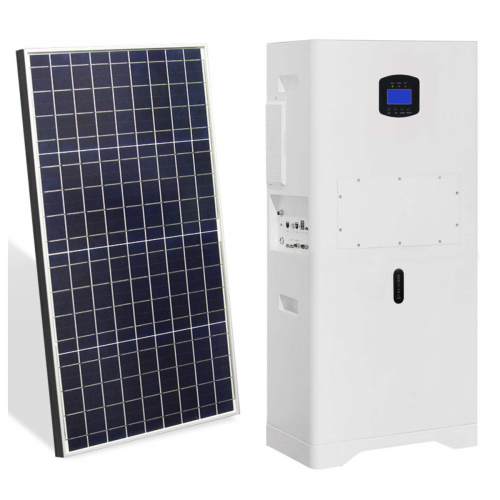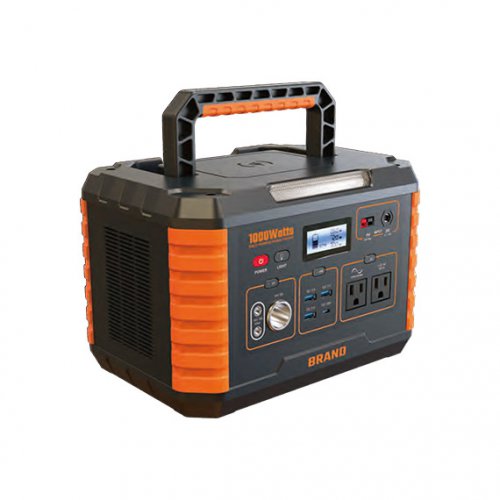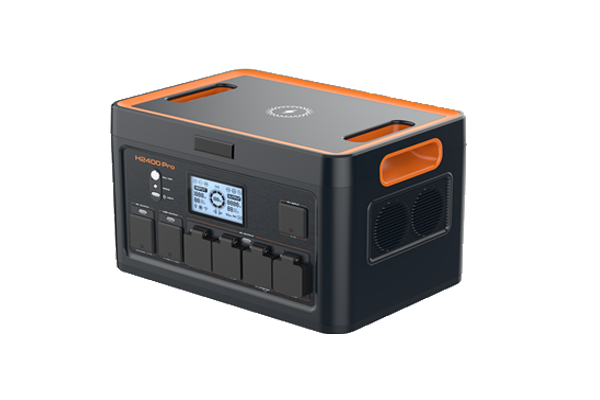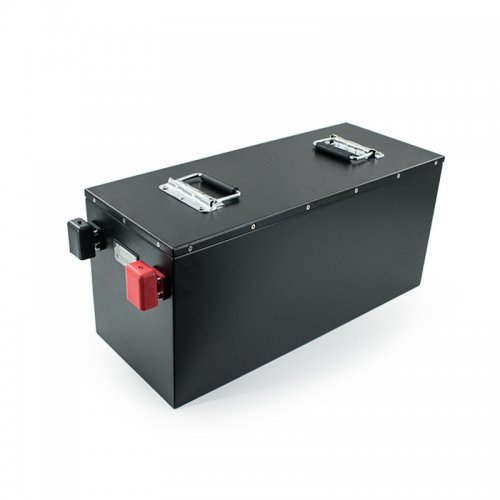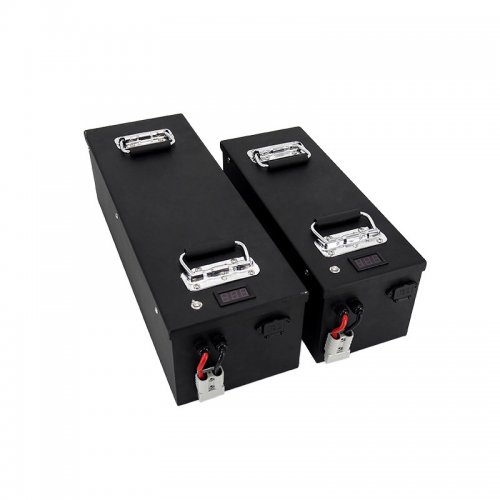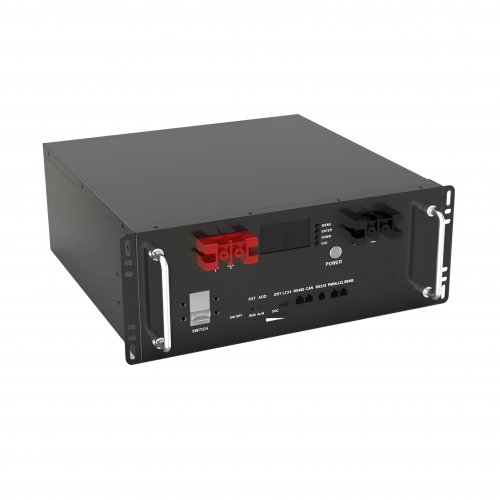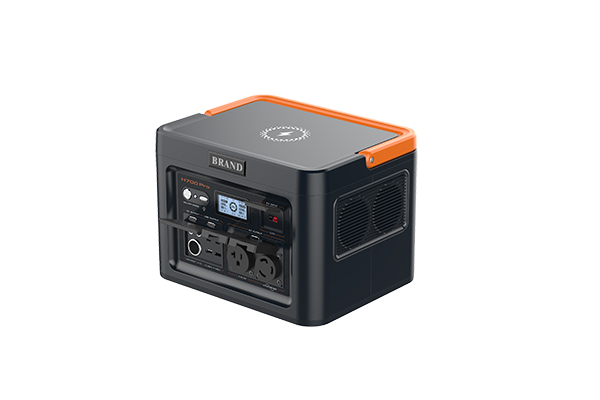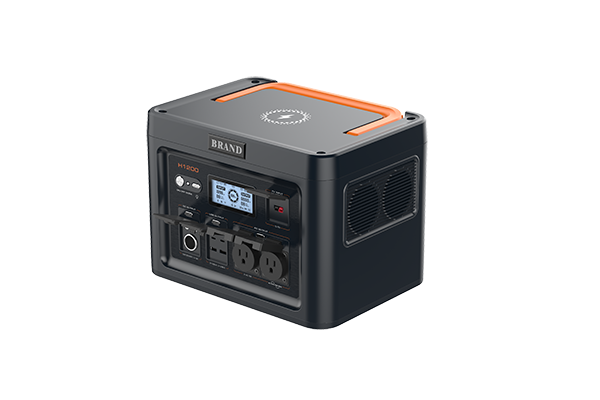Lfp Vs Other Chemistries Review: Unpacking The Longevity, Safety, And Real-world Performance Champion
The heart of any modern electronic device, electric vehicle, or energy storage system is its battery. For years, the landscape has been dominated by various lithium-ion chemistries, with Nickel Manganese Cobalt (NMC) and Lithium Cobalt Oxide (LCO) being the most prominent. However, a formidable contender, Lithium Iron Phosphate (LFP), has surged from a niche player to a mainstream powerhouse. This review delves into a comparative analysis of LFP versus other common chemistries, evaluating their core functions, inherent advantages, drawbacks, and real-world performance to provide a clear picture for potential users and enthusiasts.
Product Function and Core Technology
At a fundamental level, all these batteries perform the same function: storing and releasing electrical energy through the movement of lithium ions between a cathode and an anode. The critical difference lies in the cathode material, which dictates the battery's key characteristics.LFP (Lithium Iron Phosphate): Utilizes a cathode made of lithium iron phosphate. This chemistry is renowned for its stable olivine crystal structure.NMC (Nickel Manganese Cobalt): Employs a cathode composed of nickel, manganese, and cobalt. The ratios can vary (e.g., NMC 811, 622), with higher nickel content generally boosting energy density.LCO (Lithium Cobalt Oxide): Features a cobalt-based cathode, commonly found in consumer electronics like smartphones and laptops due to its high energy density.
The primary function remains energy storage, but the path each chemistry takes to achieve this results in vastly different user experiences.
The Advantages and Disadvantages: A Head-to-Head Comparison
1. Energy Density: The Range and Runtime King This is the most significant trade-off. NMC and LCO batteries are the undisputed champions of volumetric and gravimetric energy density. They can store more energy in a smaller, lighter package. This is why your smartphone, which needs to be slim and light, uses LCO, and why many early-generation EVs used NMC to maximize driving range from a limited physical space.LFP Disadvantage: LFP batteries have a lower energy density. This means that for the same physical size or weight, an LFP battery will typically store less energy than an equivalent NMC or LCO battery. In practical terms, an LFP-powered EV might be slightly heavier or have a marginally shorter range than a comparable NMC model, all else being equal.
2. Cycle Life and Longevity: The Marathon Runner If energy density is LFP's weakness, longevity is its superpower. LFP chemistry excels in cycle life. It is common for high-quality LFP cells to withstand 3,000 to 6,000 full charge cycles before significant degradation occurs. In contrast, even advanced NMC formulations typically top out at 1,000 to 2,000 cycles. This translates directly to product lifespan. An LFP battery in an EV or a home energy storage system (ESS) will likely outlast the vehicle or the system itself, retaining a much higher percentage of its original capacity over many years. This makes LFP exceptionally cost-effective over the long term.
3. Thermal and Chemical Safety: The Stable Guardian Safety is arguably LFP's most compelling advantage. The iron-phosphate bond is intrinsically more stable than the metal-oxide bonds in NMC and LCO. LFP batteries have a much higher thermal runaway threshold, meaning they can withstand higher temperatures before becoming unstable. In the event of physical damage or internal short circuit, an LFP battery is far less likely to catch fire or explode. They are also more resilient to overcharging. This inherent safety reduces the complexity and cost of the required Battery Management System (BMS) and provides significant peace of mind, especially in large-scale applications like ESS or densely populated urban environments for EVs.
4. Cost and Material Ethics: The Economical and Conscious Choice Cobalt is one of the most expensive and ethically problematic components in NMC and LCO batteries. Its supply chain is often criticized for environmental damage and human rights issues. LFP chemistry is completely free of cobalt and nickel. Its primary components are lithium and iron (as iron phosphate), which are far more abundant, cheaper, and ethically sourced. This material advantage makes LFP batteries significantly less expensive to produce, a saving that is increasingly being passed on to consumers.
Actual Use Case and Performance Experience
In Electric Vehicles: An EV equipped with an LFP battery offers a distinct user experience. The owner benefits from the ability to regularly charge to 100% without worrying about accelerated degradation. With NMC, it's generally recommended to charge only to 80-90% for daily use to preserve battery health. For an LFP owner, this means effectively having the full advertised range available every single day. Furthermore, the reduced concern about battery longevity reduces "range anxiety" in a different way—the anxiety over the battery degrading in a few years. The trade-off is a potentially slightly lower range per kWh and slightly reduced performance in extreme cold weather, where LFP's performance can dip more noticeably than NMC's.
In Home Energy Storage (e.g., Tesla Powerwall, Generac PWRcell): For stationary storage, LFP is nearly the perfect chemistry. The lower energy density is less of a concern when the battery is installed in a garage or basement. The exceptional cycle life means the system can go through daily charge/discharge cycles for decades. The superior safety profile is paramount when the battery is inside your home, making LFP the preferred choice for a growing number of manufacturers and installers. The cost savings also make solar-plus-storage systems more accessible.
In Consumer Electronics: While LCO still dominates for its compact size, LFP is making inroads in larger devices where safety and longevity are prioritized over slimness. High-power tools, commercial drones, and certain premium laptops are beginning to adopt LFP for its durability and stable power delivery.
Conclusion: A Chemistry for a Mature Market
The choice between LFP and other chemistries like NMC is not about which is universally "better," but about which is bettersuited for the application. NMC and LCO retain their crown in applications where maximum energy density in a minimal package is the non-negotiable priority.
However, for the vast majority of applications, particularly electric vehicles and energy storage, the advantages of LFP are becoming overwhelmingly persuasive. Its unparalleled cycle life, exceptional safety, lower cost, and ethical material sourcing represent a holistic package that prioritizes long-term value and user peace of mind over a marginal gain in range or a slimmer form factor. As the market matures and consumers look beyond initial specs to total cost of ownership and safety, LFP stands out as the robust, reliable, and rational choice powering the future of sustainable energy.
Customized/OEM/ODM Service
HomSolar Supports Lifepo4 battery pack customization/OEM/ODM service, welcome to contact us and tell us your needs.


HomSolar: Your One-stop LiFePO4 Battery Pack & ESS Solution Manufacturer
Our line of LiFePO4 (LFP) batteries offer a solution to demanding applications that require a lighter weight, longer life, and higher capacity battery. Features include advanced battery management systems (BMS), Bluetooth® communication and active intelligent monitoring.

Customised Lithium Iron Phosphate Battery Casing
ABS plastic housing, aluminium housing, stainless steel housing and iron housing are available, and can also be designed and customised according to your needs.

HomSolar Smart BMS
Intelligent Battery Management System for HomSolar Energy Storage System. Bluetooth, temperature sensor, LCD display, CAN interface, UART interface also available.


Terminals & Plugs Can Be Customized
A wide range of terminals and plugs can be customised to suit the application needs of your battery products.

Well-designed Solutions for Energy Storage Systems
We will design the perfect energy storage system solution according to your needs, so that you can easily solve the specific industry applications of battery products.



About Our Battery Cells
Our energy storage system products use brand new grade A LiFePO4 cells with a battery lifespan of more than 4,000 charge/discharge cycles.



Applications in Different Industries
We supply customized & OEM battery pack, assemble cells with wiring, fuse and plastic cover, all the cell wires connected to PCB plug or built BMS.
Applications: E-bike, Electric Scooter, Golf Carts, RV, Electric Wheelchair, Electric Tools, Robot Cleaner, Robot Sweeper, Solar Energy Storage System, Emergency Light, Solar Power Light, Medical Equipment, UPS Backup Power Supply.
We can provide you with customized services. We have the ability to provide a vertical supply chain, from single cells to pack/module and to a complete power solution with BMS, etc.


HomSolar (Shenzhen) Technology Co., Ltd







